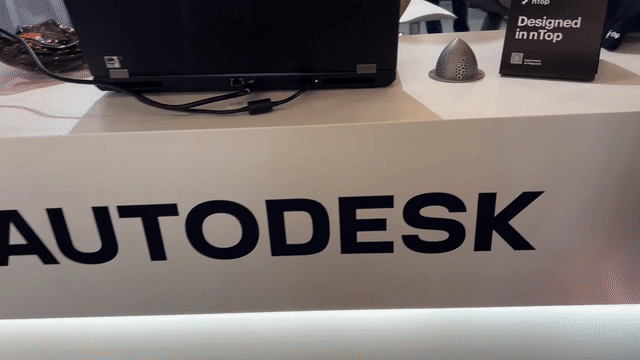How design automation with additive manufacturing is changing the game for industrial hardware

Written by nTop
Published on June 1, 2023
Learn how design automation with additive manufacturing (AM) is transforming the manufacturing process of industrial hardware and how you can leverage this technology to rapidly create complex geometry with enhanced performance.
Applications
- General
Key Software Capabilities
- Design automation
Industrial hardware firms are increasingly relying on digital technology to adapt to ongoing supply chain disruptions, economic uncertainty, and decarbonization programs. Additive manufacturing (AM), in particular, is critical to the development of the next generation of innovative industrial goods. AM helps engineers create parts with complicated geometry and improved performance, and design automation can play an essential role in achieving this when it’s implemented correctly.
This article explores how, when utilized properly, design automation can be leveraged in AM for industrial hardware to scale your initiatives and automate time-consuming tasks, simplifying your design for additive manufacturing efforts.
Additive manufacturing and design automation
Design automation is defined as the use of software to generate, modify, or optimize part designs automatically. It enables engineers to eliminate repetitive design work, creating more time for innovation and reducing overall operational costs. Below are three examples of how design automation can be used to improve design for additive manufacturing:
Batch processing

Batch processing with nTop Automate.
Batch processing automates repetitive work by applying the same design processes to tens or hundreds of similar parts at a time. Batch processing is incredibly useful and can save time across numerous engineering design tasks. These include working with product families, assigning unique serial numbers to individual parts, and conducting time-consuming processes like meshing a large number of parts.
Without design automation software that supports batch processing, you are required to run all these processes manually for each file. Batch processing, on the other hand, automates that work, not only dramatically reducing design time but also optimizing the manufacturing process.
Design exploration

Design exploration using nTop Automate.
With design exploration, an automated process generates a large number of design candidates and selects the version that best meets the design requirements. Automating this process enables you to explore a much larger design space in less time. You can use computational Design of Experiment (DoE) to uncover the best-performing designs, reducing your dependency on physical prototypes.
Without AM software that supports design exploration, engineers would need to generate every individual design manually, severely limiting the number of possible variations because of time constraints and ultimately converging in suboptimal solutions.
Mass customization

Mass customization with nTop Automate.
With mass customization, a design automation processes can be used in a production environment to generate many different designs based on new inputs over time. Mass customization allows you to get to market faster with products that best match the needs of your customers, making it a powerful differentiator in the AM space.
Without design automation software that supports mass customization, you would need a technician or engineer to manually process each individual custom order request. Mass customization lets you accelerate order fulfillment and free up resources while still meeting customer needs.
DMG MORI case study: Automation in industrial product design
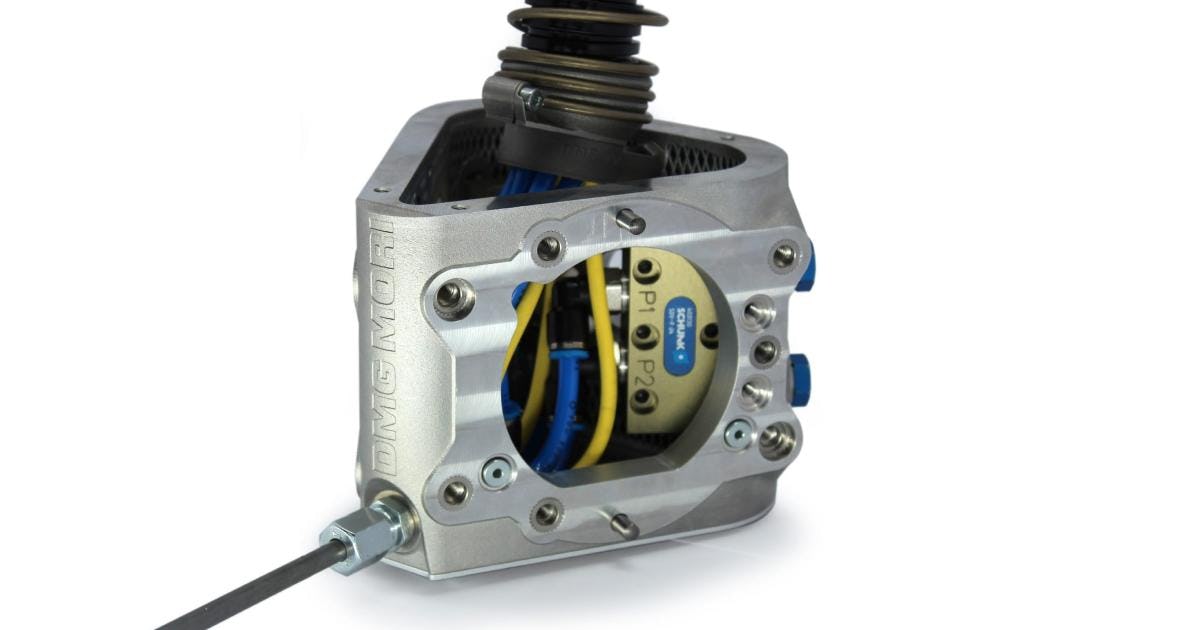
Robo2Go head designed by DMG MORI.
DMG MORI is a leading manufacturer of metal-cutting production equipment. Its ADDITIVE INTELLIGENCE team set out to redesign a major component of the Robo2Go 2nd Gen system for AM. The goal was to improve handling precision and reduce weight and manufacturing costs while simultaneously increasing the rigidity of the robotic end-of-arm tooling.
The team began by creating a basic design in CAD that incorporated channels for the pneumatic and electrical systems and color-coded each surface based on its function.
Then they created a reusable workflow in nTop that applies a shell and lattice infill, with the shell thickness varying based on each surface’s color. The team also used topology optimization to increase the shell thickness in high-loading regions to better ensure rigidity. nTop’s design for additive manufacturing automation abilities empowered the team to quickly iterate and refine their design concept without having to manually repeat the optimization steps.
The project was a success; the team achieved a 62% reduction in weight using 60% fewer components for assembly. They also increased the robotic handling precision by 16%.
Design software for additive manufacturing

nTop design software in use.
nTop is next-generation design software built to enable industrial product design engineers to take advantage of the design freedom of AM. In nTop, engineers create designs utilizing reusable workflows that can be readily reproduced by altering parameters in the graphical interface.
If you want to customize your workflows even further, you can use nTop Automate. nTop Automate allows you to run nTop workflows in a programmatic environment at scale enabling you to create tens, hundreds, or thousands of design variations at a time.
Engineers can create scripts that use nTop Automate to systematically explore the design space through design exploration or to apply the same design procedure to a family of comparable parts through batch processing.
For teams who prefer to take a different approach, nTop Automate lets you create applications that expose only the necessary design parameters to the end user and run nTop in the background to generate designs. This approach is very powerful for mass customization.
All three use cases save time and engineering resources while also shortening time to market.
Key takeaways
There’s no doubt that AM is revolutionizing industrial hardware development by allowing engineers to create parts with complicated geometry and improved performance, all while minimizing material waste and automating labor-intensive workflows. However, understanding how to make the most of these latest advances can be a challenge.
To learn more about using design automation for developing industrial hardware, check out our comprehensive Industrial Technology guide.

nTop
nTop (formerly nTopology) was founded in 2015 with the belief that engineers’ ability to innovate shouldn’t be limited by their design software. Built on proprietary technologies that upend the constraints of traditional CAD software while integrating seamlessly into existing processes, nTop allows designers in every industry to create complex geometries, optimize instantaneously, and automate workflows to develop breakthrough 3D-printed parts in record time.
Related content
- VIDEO
Five ways to lightweight in nTop
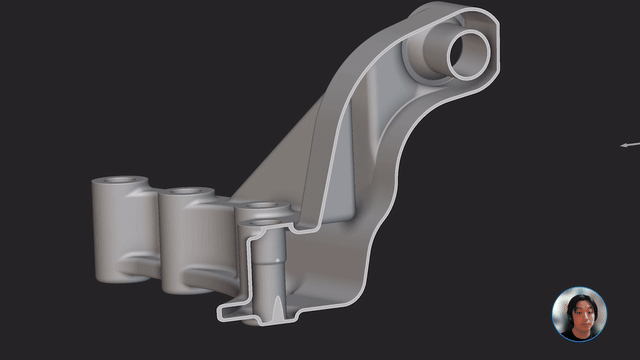
- VIDEO
Topology Optimization Design for Cast and Injection-Molded Parts
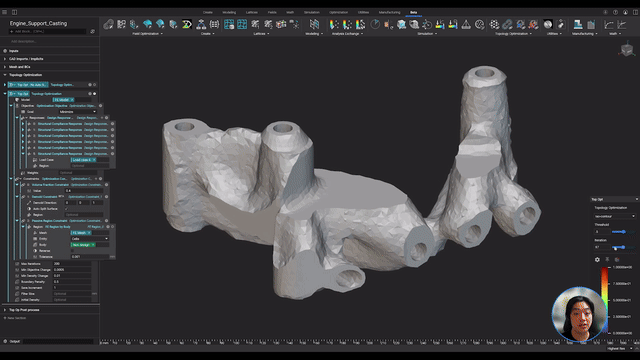
- VIDEO
Lightweighting an impeller for additive manufacturing
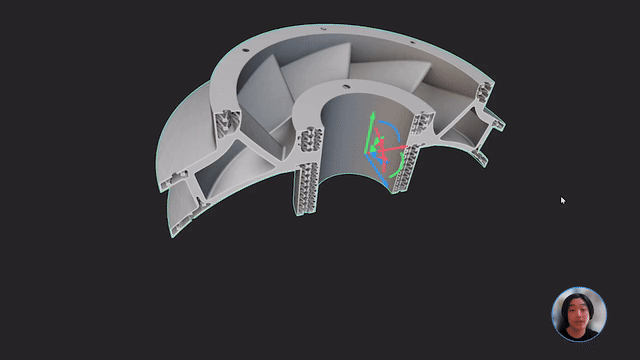
- GUIDE
Download: Advanced design software and additive manufacturing for personalized implants
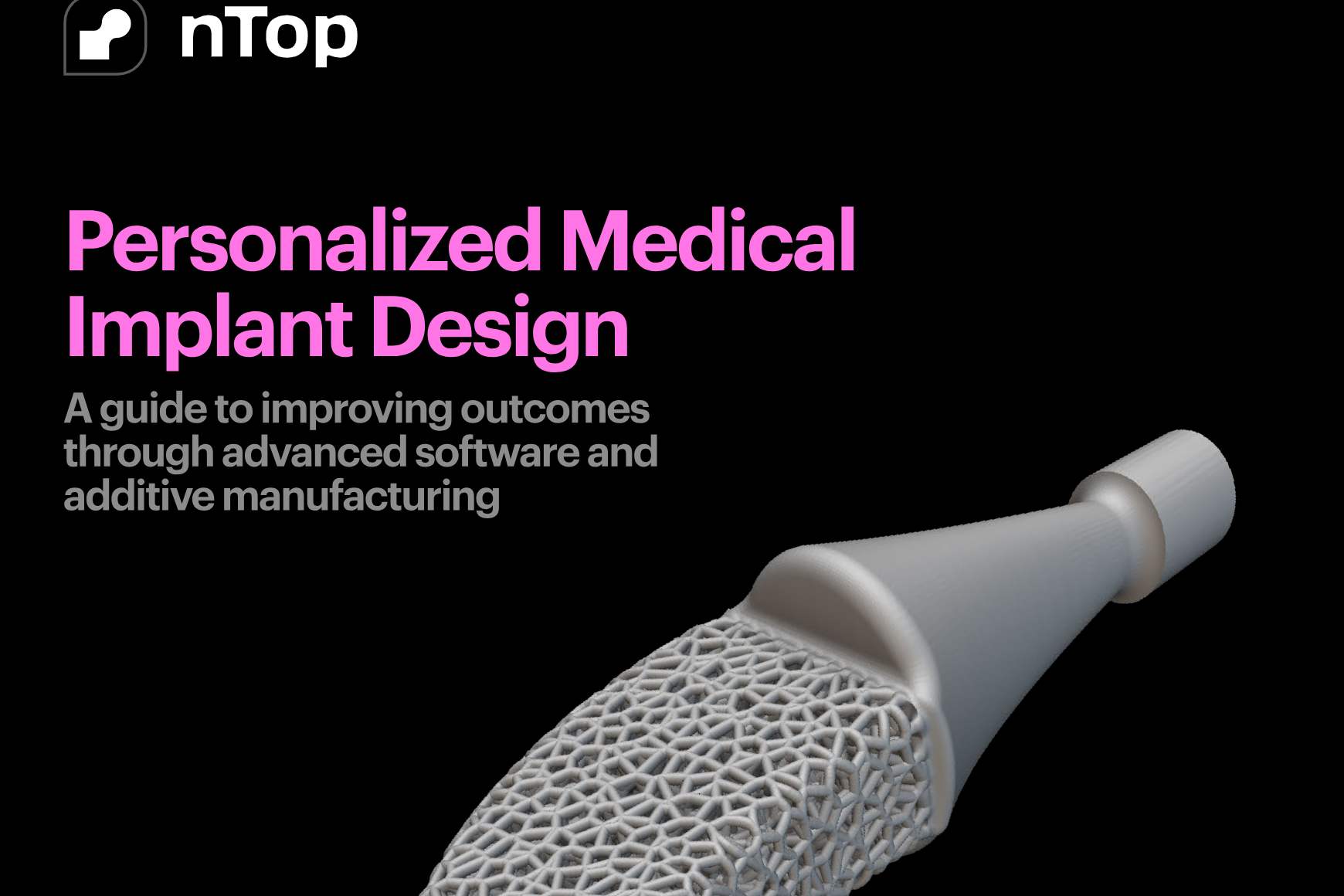
- VIDEO
Sneak peek into the nTop + Autodesk Fusion 360 integration
